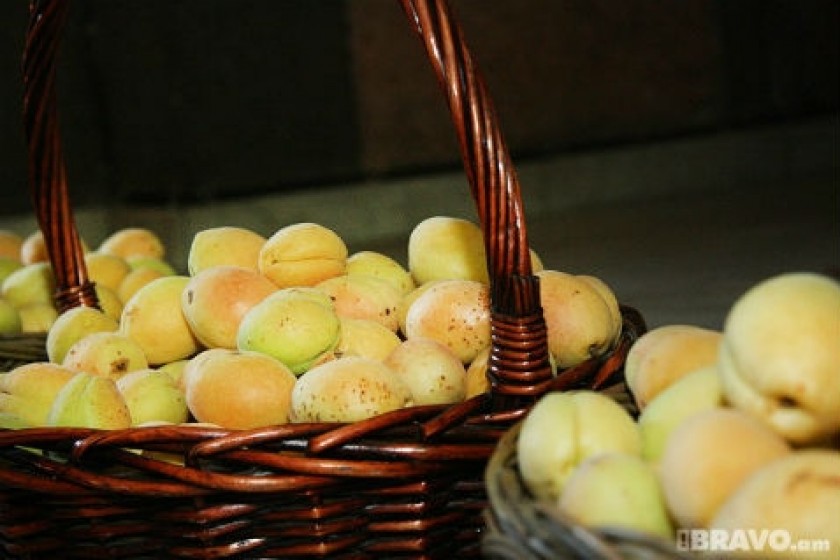
Fabled Fruit: Why Hasn’t the Armenian Apricot Broken Into the European Market?
Is it any wonder that the fabled Prunus armeniaca (Armenian plum – the apricot), is Armenia’s most widely exported agricultural product?
While export levels vary from year to year depending on the crop, on average, the apricot garners a 60% share of the country’s fruit and vegetable exports.
Apricot exports surged in 2010 when the Upper Lars border crossing between Georgia and Russia reopened. In fact, 90% of Armenian apricot exports wind up in Russia.
Last year some 12 tons were sent to Russia. Other large importers are Georgia (2,000 tons) and Ukraine (600). Much smaller amounts are sent to Belarus and the UAE. Armenia’s most prized fruit, however, hasn’t broken into the European market. Exports to Europe are measured in kilos.
In recent years, a good Apricot harvest in Armenia is regarded in the 80,000 – 90,000 ton range. Prior to the mid-2000s, there was a visible trend resulting in the destruction of apricot fields. During past peak years, Armenia was able to produce around 200,000 tons of the golden fruit.
According to statistics provided by the RA Ministry of Agriculture, there are 10,400 hectares of apricot fields in the country today. During the Soviet era there were 24,000. Given that the frequency of poor crop years has increased, village farmers have turned away from cultivating apricots as a stable revenue source.
Another issue is the apricot species being grown. During the Soviet era, other species were grown in Armenia that weren’t envisaged for the European market. Chief among these was the colloquially called “Yerevan sort”.
The main reason that Armenian apricots haven’t broken into the European market is the fruit’s very short shelf life. It can only be refrigerated for a maximum of two weeks and then sold within 2-3 days.
Today, the European market is flooded with an “Italian” apricot that is more resilient and easier to harvest, even though it isn’t as delicious as the Armenian product.
The Italian apricot sells for around 15 Euros for one kilo. Turkey also exports apricots to Europe.
On the agricultural front, there is little if any selection regarding what species of apricots to grow in Armenia. While a portion of individual village farmers are attempting to delve into the selection process, identifying resistant species, we must remember that apricot trees have a life span of 30-40 years, thus making field re-cultivation a long-term process.
In addition, we must remember that the unique flavor of Armenian apricots derives due to the cultivation of native species. Thus, the importation of foreign species threatens the very characteristics that native apricot species are famous for.
What Armenia needs is the cultivation of a hybrid species, uniting the benefits of both native and foreign apricots. Only then can we talk about the prospect of exporting Armenian apricots to Europe.
 Videos
Videos Photos
Photos
Comments (2)
Write a comment